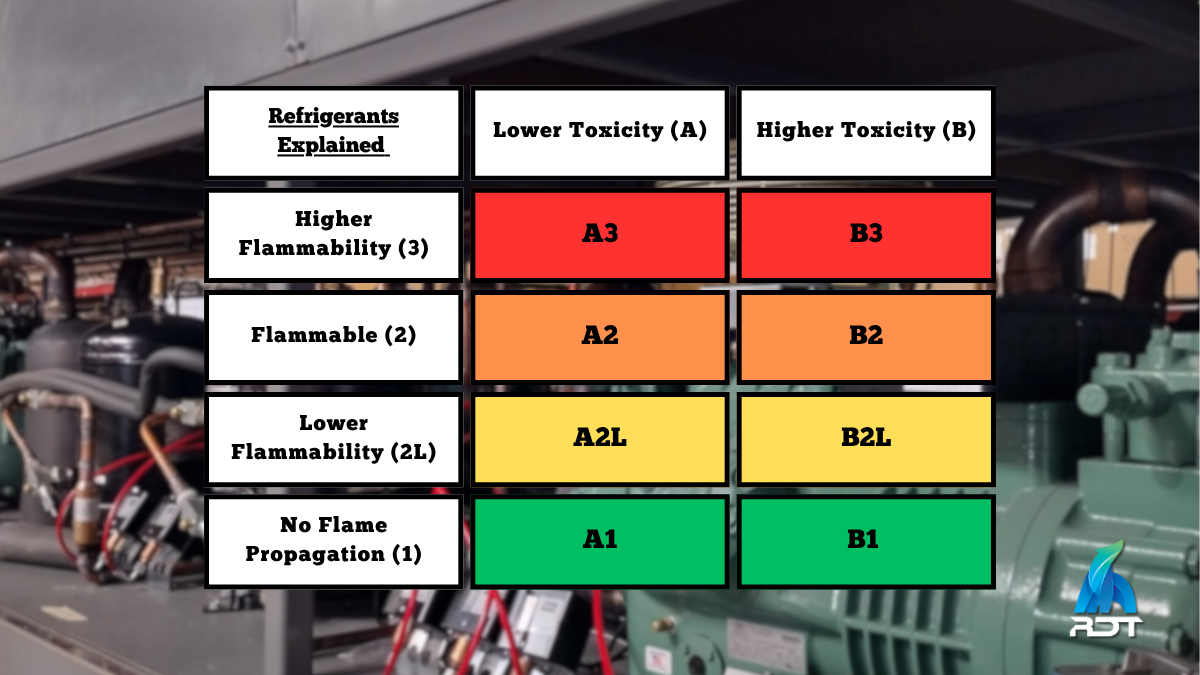2 min read
In recent years, the refrigeration industry has witnessed a significant shift towards adopting environmentally friendly solutions to reduce the impact of refrigerants on the environment. One such advancement is the emergence of mildly flamm...
Read More










